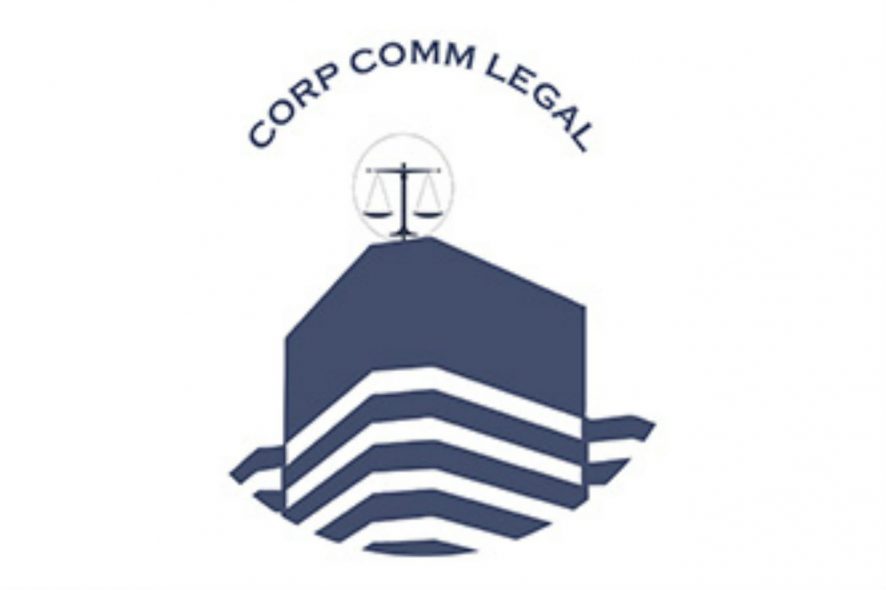Introduction
It is very common in India, particularly for middle-class people to talk and crib about the rising prices of goods and services. It is not uncommon to find a huge divergence between the public perception about rising prices and the official data pertaining to the inflation rate. Is there a legal way to control prices?
The European Court of Justice (ECJ) in [1] United Brands Co. v. Commission of the European Communities highlighted that Article 82 of the European Commission Treaty (ECT) directly applies to conduct which is harmful to the consumers. Such conduct includes excessive and unfairly high prices. The ECJ also provided a cost-based test for dealing with cases related to excessive pricing. The test highlights a two-fold approach wherein the regulators have to identify the profit margin i.e. the different cost of production and prices applied and also the price of other competing products.
The test laid down under the [2] United Brands case has been acknowledged in several other European cases such as[3] General Motors Continental NV v. Commission of the European Communities and[4] Terezakis v. Commission. On the contrary, the debate on excessive pricing is at a very nascent stage in India and has been limited to the pharmaceutical sector. Predominantly, the challenge before the Competition Commission is to maintain a balance between static and dynamic efficiencies, in order to avoid undermining of investment incentives, while ensuring that consumers’ interest is protected. In this article, we discuss whether a blanket restriction on excessive pricing based upon the two-stage test laid down in the United Brands[5] case is viable.
Undeveloped Jurisprudence on “Excessive Pricing” in India
The Indian counterpart of Article 84 of ECT is Section 4 of the Competition Act, 2002, which prohibits the abuse of dominance by dominant firms. In [6] Flynn Pharma Ltd. v. Competition and Markets Authority, the Commission recognised the practical difficulties associated with delineating “excessive pricing”.[7] Factors such as the lack of substantial evidence on costs, availability of substitutes from competitors and the legitimate resistance in exceeding its jurisdiction by setting prices of goods/services have hindered competition authorities from examining and defining “excessive pricing” in depth.
Quite recently, an “excessive pricing” allegation against the anti-cancer drug Trastuzumab was rejected in Biocon Ltd. v. F. Hoffmann-La Roche AG on the grounds that the initial increase in drug price was attributable to the huge costs incurred in research and development (R&D) and innovation. [8]
In the absence of a conclusive determination of the term “excessive” and what factors shall be computed to brand a certain price as “excessive” is a grey area. While there are several arguments against “excessive pricing” with respect to the hardship caused to the consumers, it must be noted that a blanket restriction on excessive pricing may not be viable or reasonable.
For example, “Excessive pricing” can be justified in the following circumstances.
1. When “Excessive Pricing” Triggers Competitive Behaviour
Anti-competitive behaviour stems from factors that limit the ability of firms to compete on an equal platform. Market forces in a free market determine the prices of products and ensure that the price level of like products are competitive. In most situations, when a firm decides to price its products at an unreasonable or an unfairly high price, the same would promote other firms to produce low priced substitutes in order to oust the higher priced products. Therefore, in turn, the excessive pricing by one firm shall trigger competitive behaviour for other firms and benefit the consumer in the long run.
2. When the Time Period for Close Substitutes to Enter the Market is Less
The pro-competitive behaviour of “excessive pricing” i.e. to encourage other firms to capitalise and provide low priced substitutes is contingent upon the time taken by the followers to enter the market. In situations, where the time taken by other firms to enter the market is substantial, “excessive pricing” may be regulated to limit hardship to the consumers. For instance, in pharma cases, the amount of expenditure on research and development required is immense and it limits the ability of other firms to enter the market expediently.
The UK Competition Appeal Tribunal in Napp Pharmaceuticals case [9] held that Napp was charging excessive prices as its prices and profit margins were substantially higher than its competitors. While the judgment made important observations on abuse of dominant position and excessive pricing, it can be criticised on the grounds that the competitors of Napp could capitalise and oust Napp from its dominant position.
However, the same situation does not hold true in all pharmaceutical cases—in many cases, there shall be no cheaper substitutes available and would require regulation. However, if the time period required for other firms to provide close substitutes is less, excessive pricing shall trigger competitive behaviour and must not be regulated.
3. When the Entry Barriers are Not Strong
Similarly, in situations where there are very heavy entry barriers that allow a supplier to continuously charge excessive prices, the same shall warrant regulation. For instance, a firm develops a unique technology and secures Intellectual Property (IP) protection, in such cases, the strong entry barriers shall demand regulation of “excessive pricing”. However, in cases where it is comparatively easier for other firms to enter a market to develop cheaper substitutes, excessive pricing shall not require regulation.
4. Lack of Consumer Awareness with Respect to Lower-Priced Substitutes
The lack of awareness of customers with respect to the available substitutes should not account for lack of substitutes thereby warranting regulation of “excessive pricing”. In such cases, the advocacy division of the Competition Commission of India must indulge in awareness initiatives to ensure that asymmetry of information does not cause hardship to the customers.
5. Excessive Pricing Can Also be a Matter of Price Strategy
Excessive strategy is directly correlated to the pricing strategy of firms and the rationale behind suppliers knowingly charging an excessive rate. In certain situations, dominant entities base the pricing strategies on the higher cost of providing or merely lack of close substitutes. However, certain products bank on exclusivity and may be deliberately charged higher as a matter of strategy to create exclusivity of product and target a different base.
Conclusion
“Excessive Pricing” should be regulated in sectors such as the pharmaceutical sector as there are strong entry barriers that restrict the ability of other firms to enter the market with cheaper substitutes. The essential nature of the product warrants regulation to restrict hardship caused to the customers. However, there should not be a blanket application of such regulations due to the points highlighted above. Another reason for not regulating “excessive pricing” is the lack of substantial evidence on costs and availability of substitutes from competitors. In cases wherein there is not sufficient evidence to show an unreasonable profit margin, regulating “excessive pricing” becomes extremely difficult. Moreover, “excessive pricing” does not have anti-competitive effects unless the time taken for cheaper substitutes to oust the product is substantial.
*Bhumesh Verma is Managing Partner at Corp Comm Legal and can be contacted at bhumesh.verma@corpcommlegal.in.
**Abhishar Vidyarthi is a Student Researcher with a final year student, (BA LLB), Maharashtra National Law University, Mumbai).
[1] 1978 ECR 207.
[2] 1978 ECR 207.
[3] 1976 ECR 1367.
[4] 2008 ECR II-11.
[5] 1978 ECR 207.
[6] 2018 CAT 12.
[7] 2019 CAT 9.
[8] 2017 SCC OnLine CCI 21.
[9] No CA98/2/2001.






